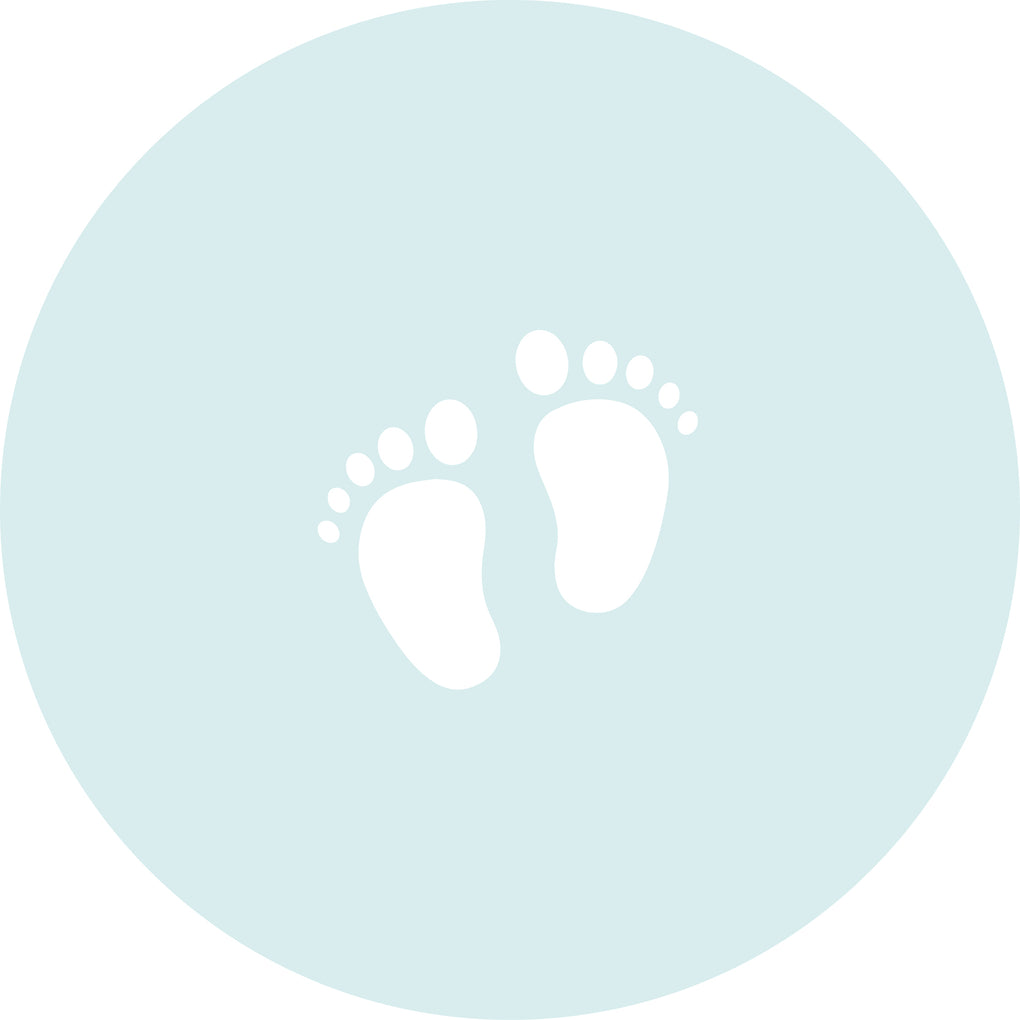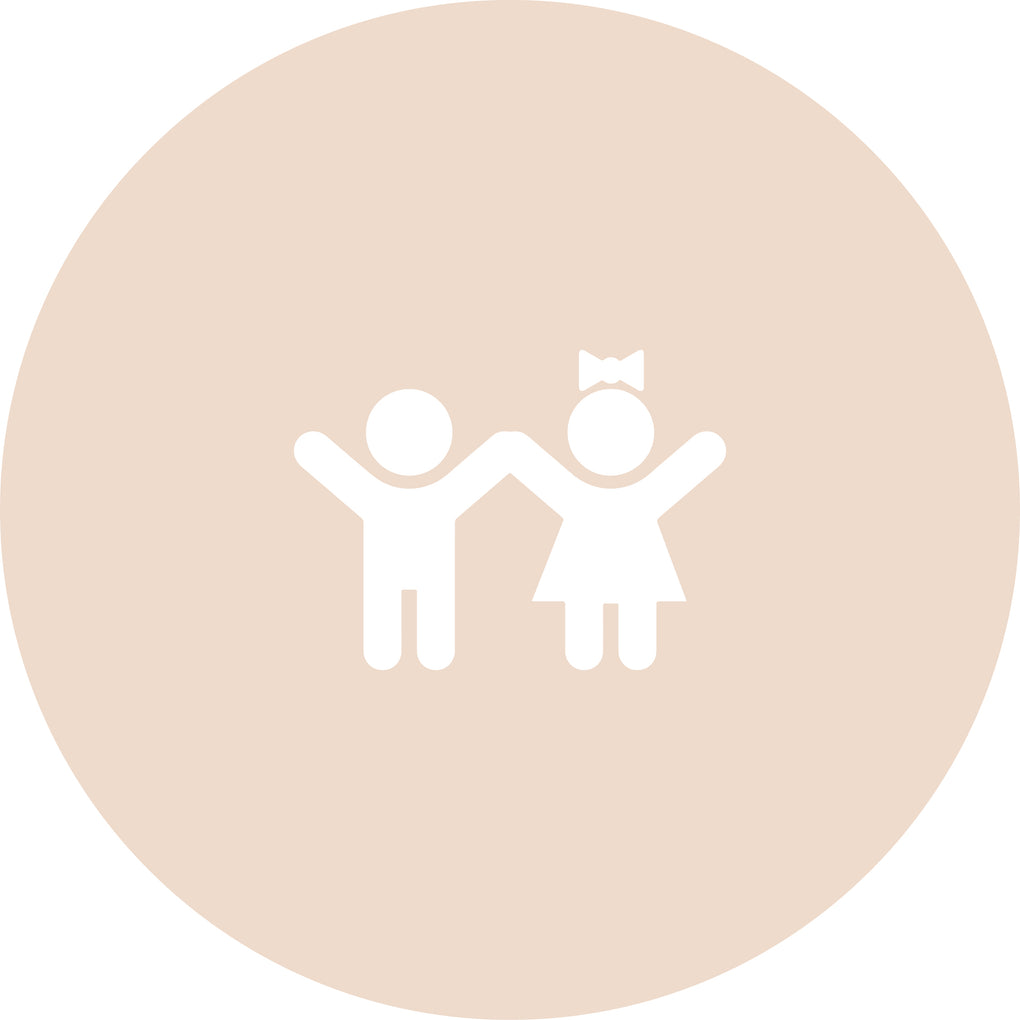Moving your little one into their own room is a huge deal for new parents and can often be quite a terrifying thought. For at least the first six months of their life, your little one will need to sleep in your room in a bedside crib so you can keep an eye on them and have them close by for feeding. But when they are old enough, you can move them into their nursery and get them used to sleeping alone.
In this blog, we’ll go through a few tips and tricks to help you settle your little one into their nursery without fuss.
When to Move Your Baby into Their Nursery
The optimal age for transitioning your little one into their own room is between six and nine months, especially if you want to improve sleep and avoid the challenges that might come with moving an older baby or toddler into a new sleep space.
Your little one will need to sleep with you for their first six months in a bedside crib or co-sleeper, as this is the safest place they can be and reduces the risk of SIDS (Sudden Infant Death Syndrome). This vulnerable and early age is when your little one will need you most, especially during the night.
When they are older than six months, babies can start to become more aware of their surroundings. If you wait until they are over nine months old to move them into their own room, it is likely they will cause more of a fuss because they will really be able to tell if they are alone.
To help with the transition, there a few things we recommend doing to help your little one feel more comfortable in their nursery and to get them used to the space:
Get Them Used to the Room
Naps
When you put little one down for a nap in those first six months, you can put them in their nursery, so they start to associate sleeping with the space. It will also get them comfortable with their surroundings and help them start to recognise the room.
Playtime
Your baby’s nursery should be a calming but fun space, somewhere where they want to be. Have playtime in their nursery and make sure there are plenty of toys in the room so it’s somewhere they will be excited to be. This way, when it comes to moving them in their overnight, they will associate the room with fun and playtime.
Feeding
It’s a good idea to have your nursing chair set up in your baby’s nursery, so that you can feed them in their room. This is another way that your baby will feel more comfortable in the space, and get them familiar with the sights, sounds and environment.
Sleep Aids
A sleep aid might help your baby drift off to sleep without too much assistance, and it may also help them stay asleep for longer. The Glow Dreaming Glow Sleep Easy combines all the features you and little one need to get the perfect night’s sleep. This smart sleep device reduces night waking and enriches your baby’s sleep routine. The red light boosts natural levels of melatonin, the sleep hormone, before bed to help them drift off soundly. The natural pink noise will also help prevent wakeups and helps your baby fall into a deep, slow-wave sleep.
Make the Room a Calming Environment
If you want your little one to feel calm and comfortable in their nursery, try and create a calming space for them. From paint colours, to furniture, to layout and decorations, there are plenty of ways you can turn little one’s nursery into a peaceful haven that they’ll love.
If you’re looking for inspiration when decorating your nursery, we have plenty of blogs to refer to, or check out our Pinterest for inspo pics and ideas.

Set up a Sleep Routine
Finally, the best way to help your little one transition into their own room, is by already setting up an established sleep routine that works. A sleep routine will help maintain a consistent and predictable daily rhythm for your little one. It will help you get your baby to sleep at the right times and for the right durations – hopefully regardless of where they are sleeping.
To find out how to set up a sleep routine for your little one, check out this blog.
It can be scary moving your baby into their own room, but if you make sure they are already familiar with their environment, associate the space with being happy and content, and have an established sleep routine, then the transition should be relatively smooth.
Don’t worry if it’s taking some time, every baby is different, and it can be scary for them to sleep alone at first – but stick with it. Remember that the longer you wait to move them into their own room, the more fuss you might encounter because they will be more aware of the fact they’re alone.

























